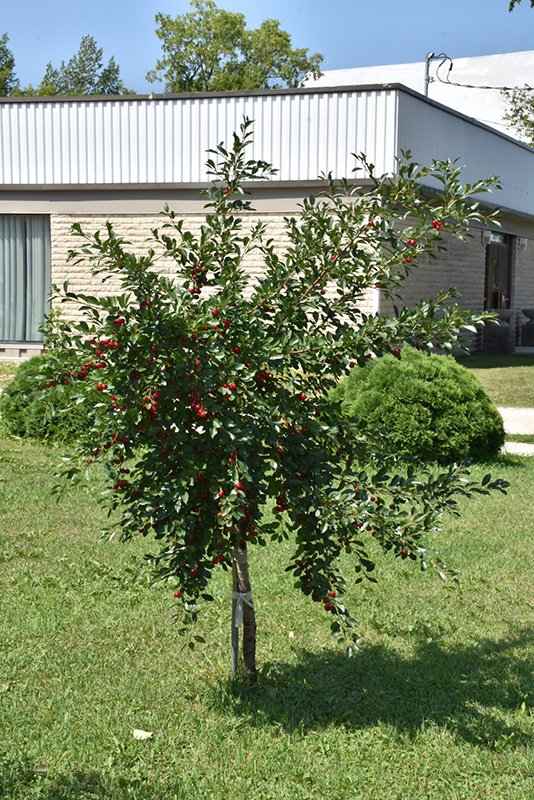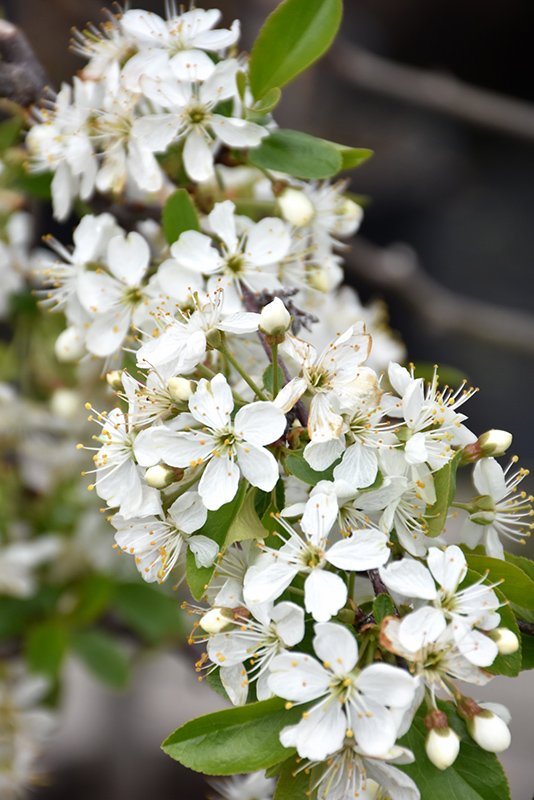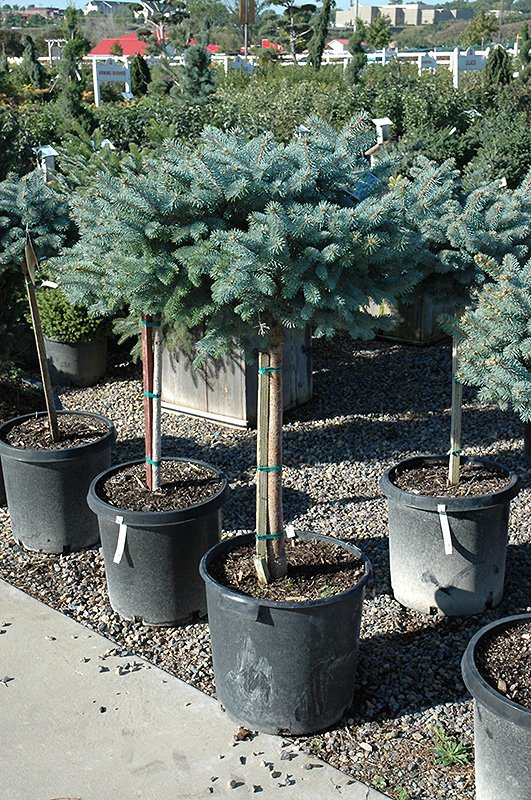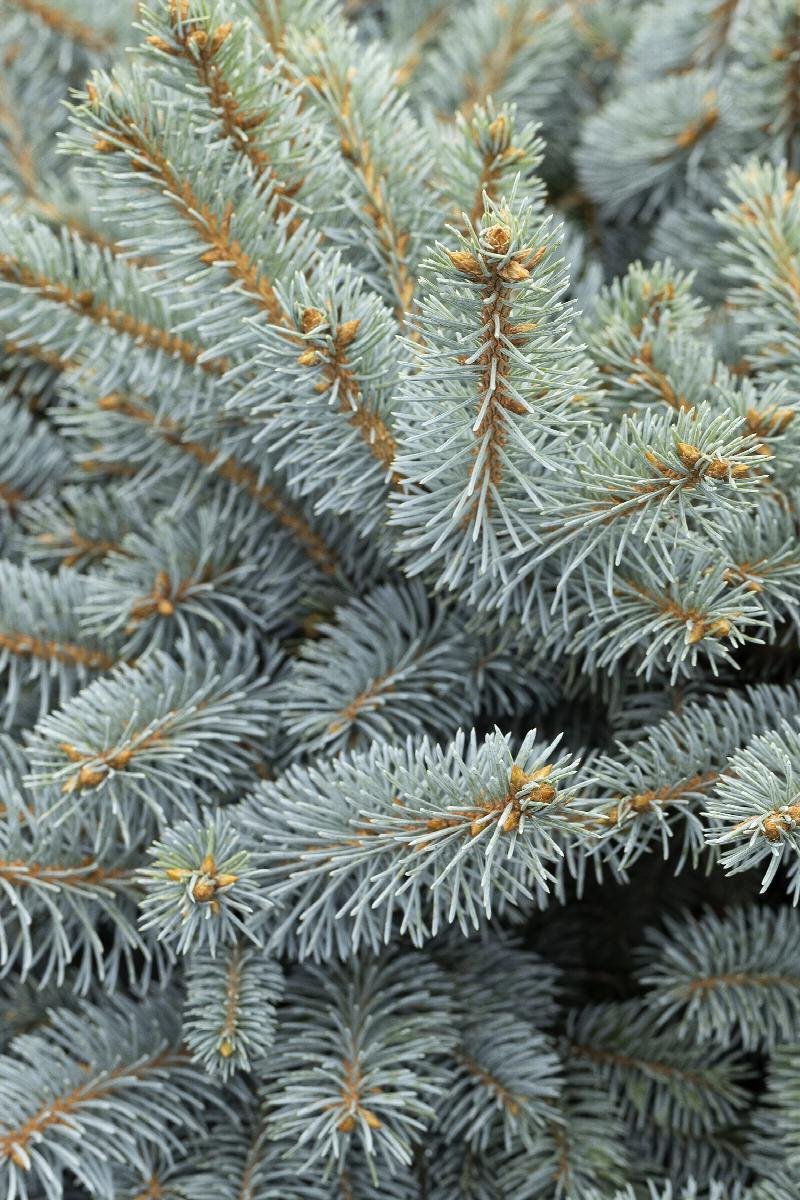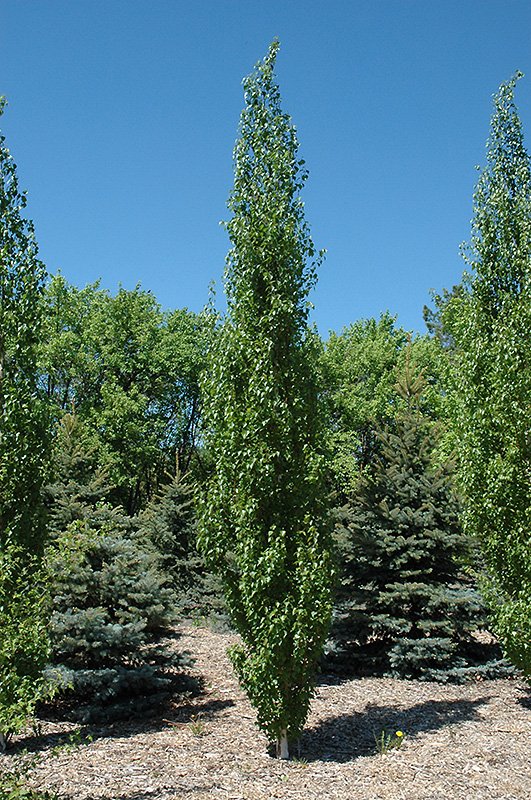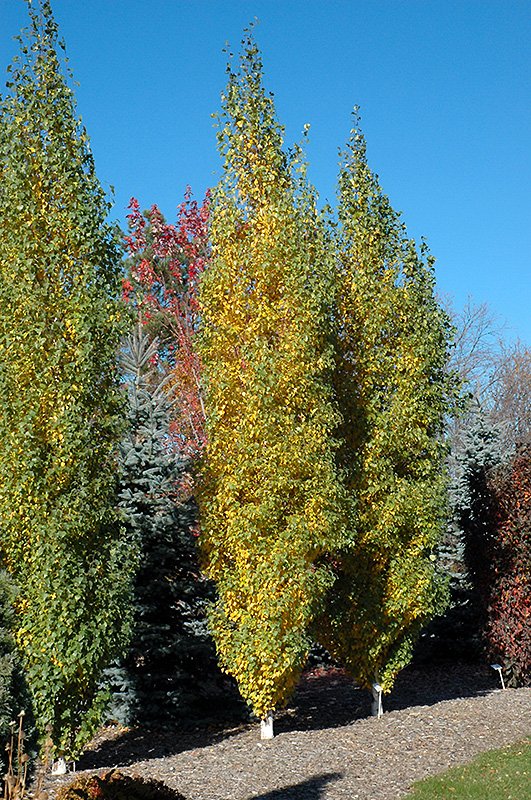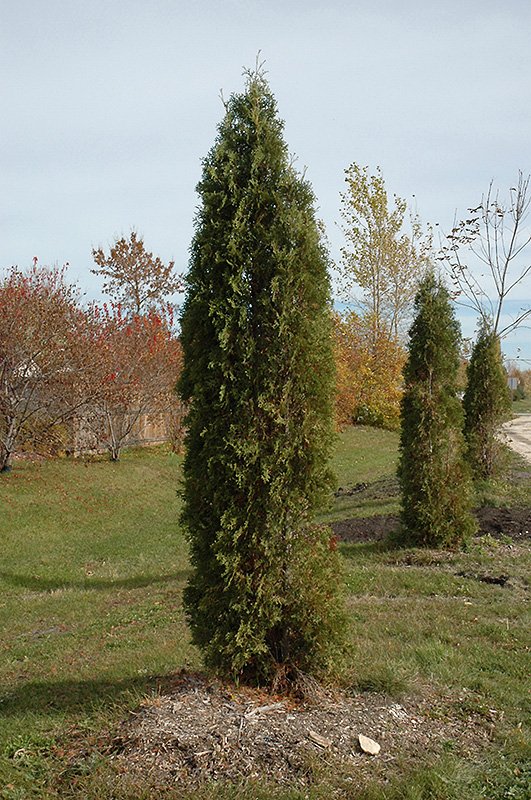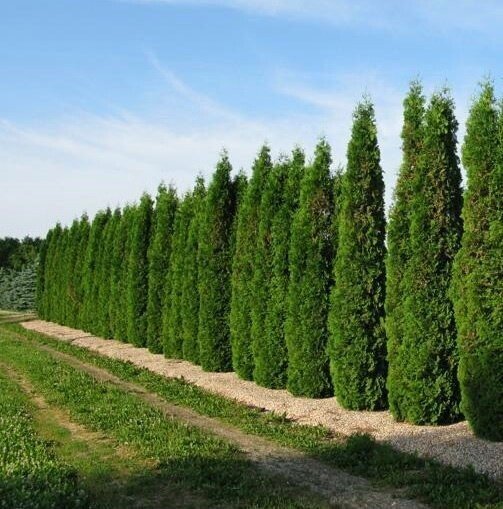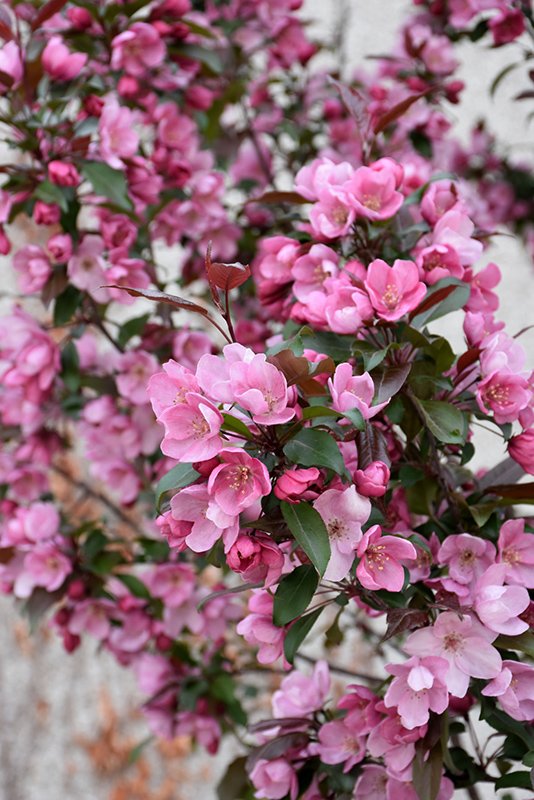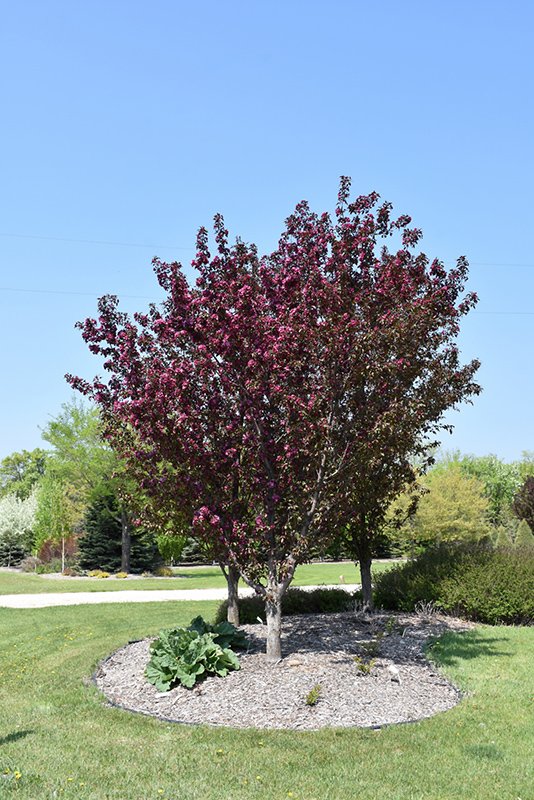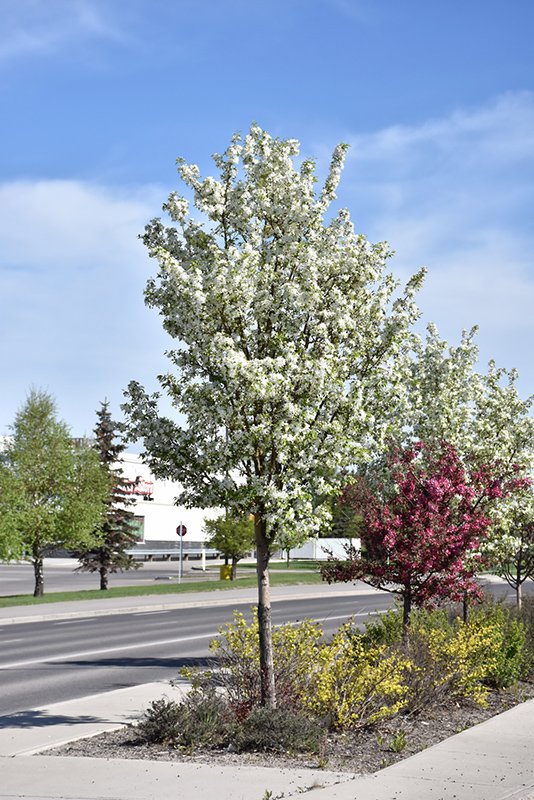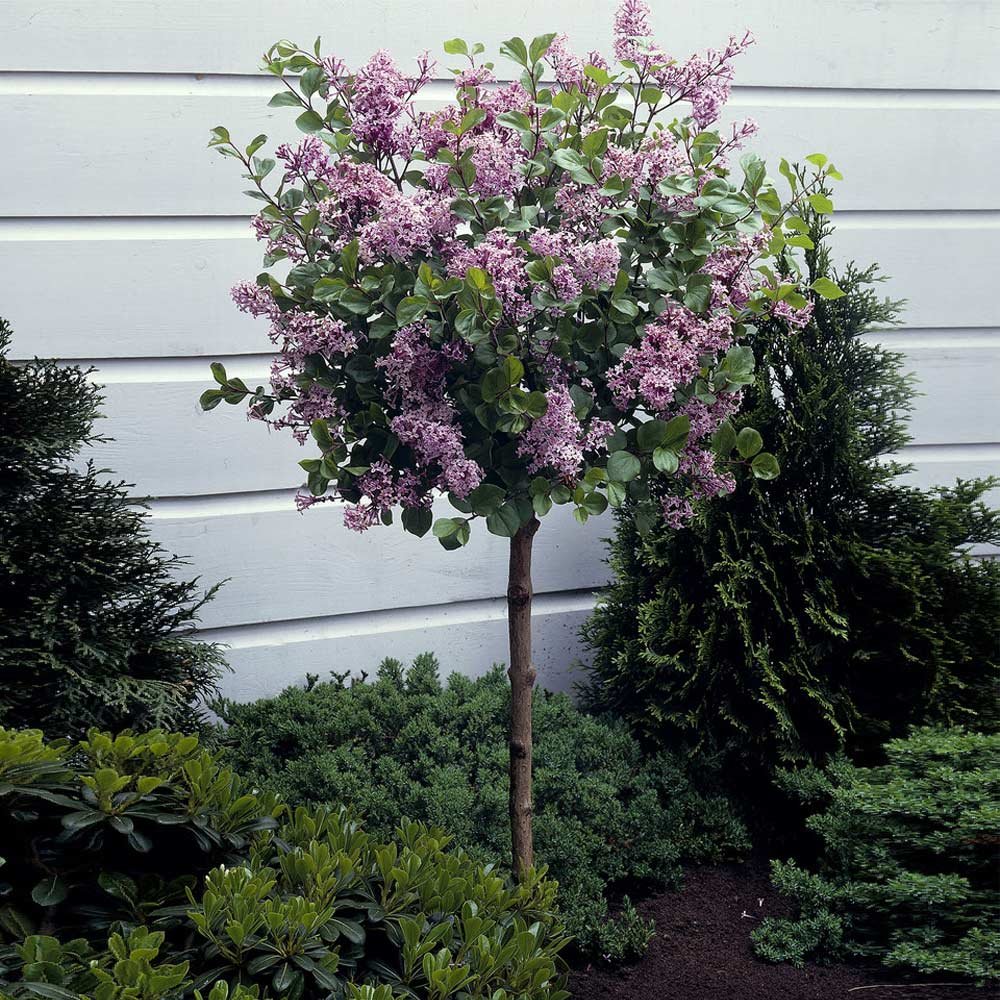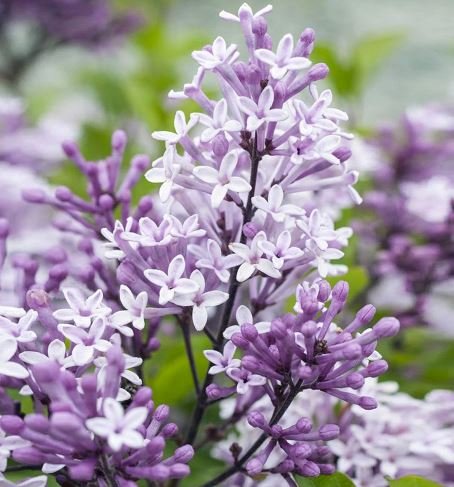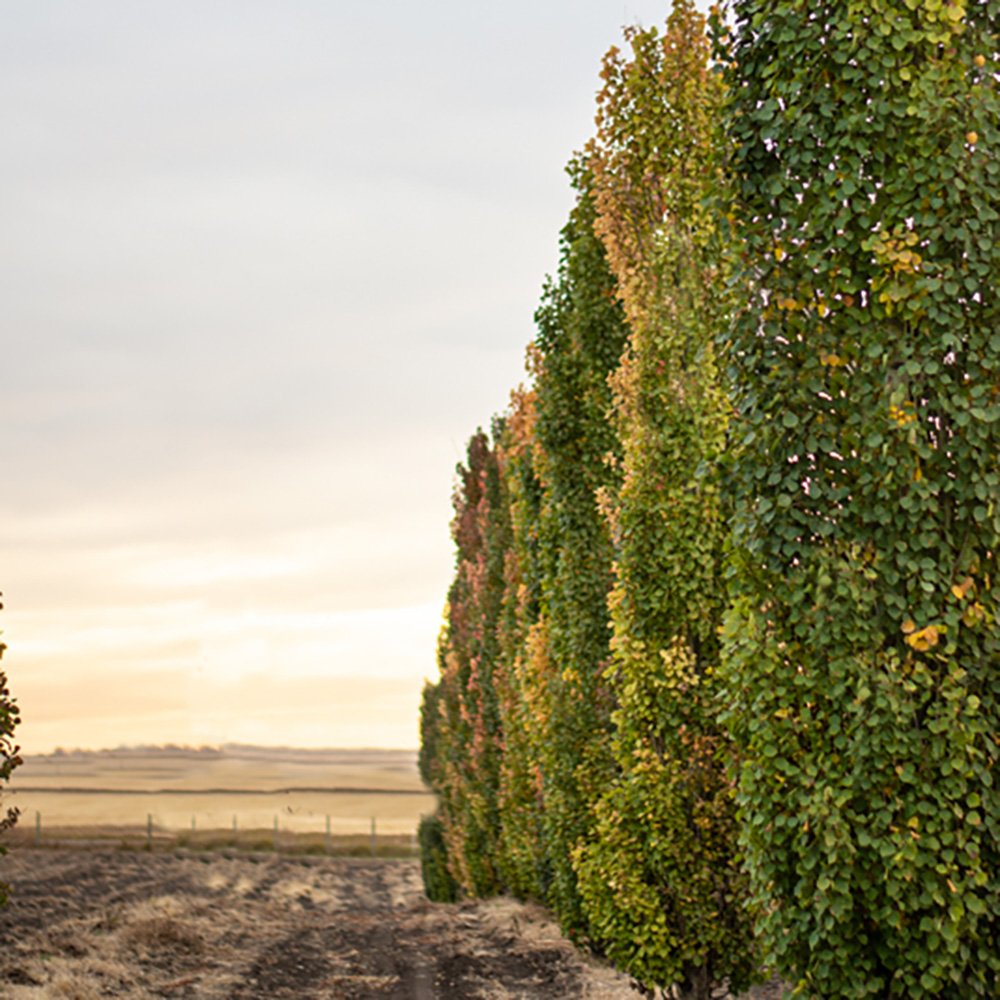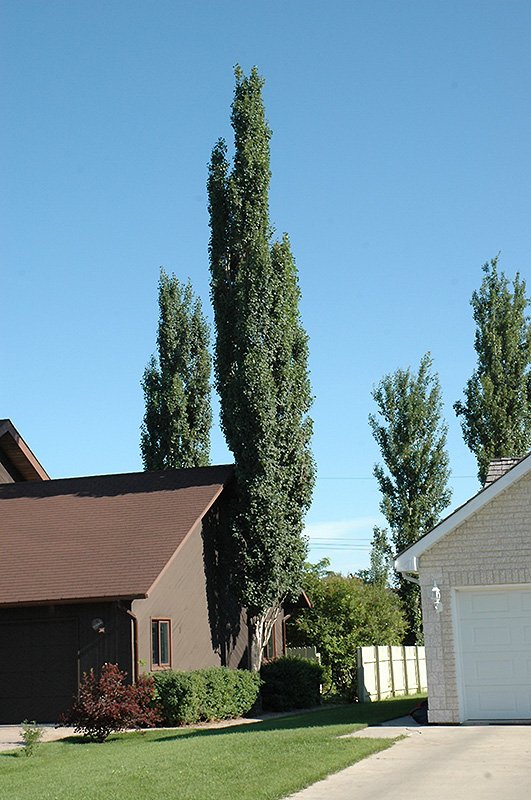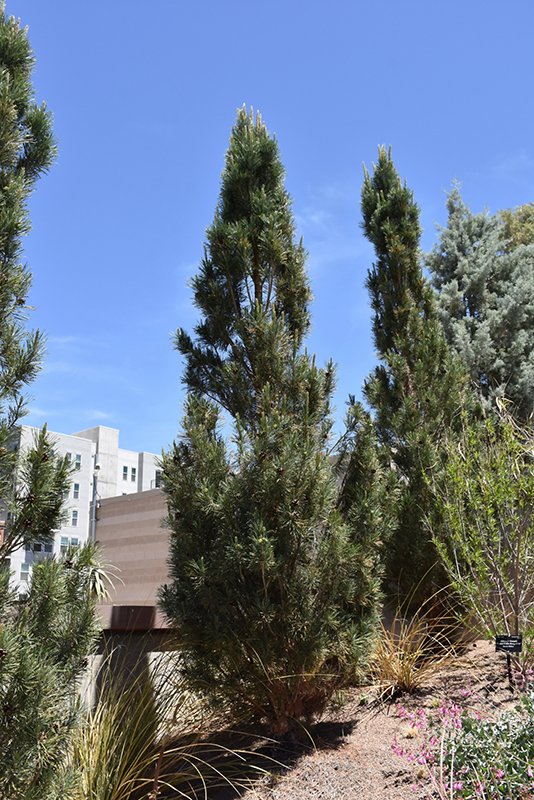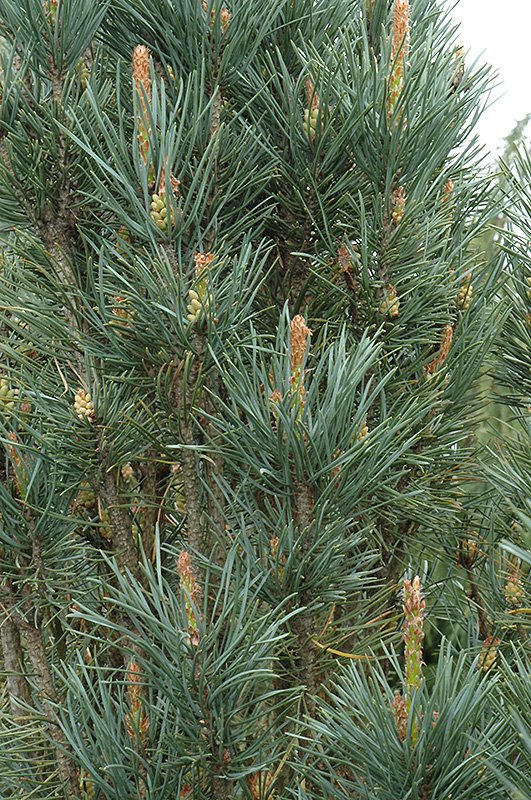10 Trees That Are Perfect for Small Landscapes
Originally Published May 24, 2022 | Updated February 3, 2024
While I was checking in on my blog stats the other day I noticed that this post is by far the most popular right now. To be honest I was a bit surprised. The funny thing with blogging is that sometimes you’ll pour your heart and soul into a post and it barely gets noticed, and then there are others that you don’t think too much about, but they end up getting read and shared over and over and over again.
But with many views comes comments and feedback from readers, not all of which is positive. It’s come to my attention that some of the information in the original post was not totally fair or accurate so I wanted to revisit this one and make a few updates.
Have you ever noticed that the most stunning homes on the internet tend to have an equally stunning landscape? There’s just something about mature trees, thick grass, and tons of shrubs and perennials that make a home feel so much more inviting. In reality though, many front yards, specifically the ones in new developments, are very small and can be a bit challenging to landscape so I thought it would be helpful to do a bit of research into which trees are best suited for small yards. Since height is less of a limiting factor, I’ve focused on finding trees with a full spread of 10’ or less.
Hardiness Zones
Before I get started, I wanted to quickly touch on hardiness zones. Agriculture Canada and Natural Resources Canada have developed a hardiness zone map which has ten zones. The smaller the number, the colder the winter and the higher the number, the warmer the winter. Each zone is divided into two subzones, “a” and “b”, with “a” being colder then “b”. So zone 5a is warmer then zone 2b, and zone 3b is warmer then 3a.
When it comes to selecting plants, you need to look for ones that will grow in your zone. Anything rated for a zone warmer then yours may not survive the winter, but anything rated for your zone or colder should be fine. For example, if you live in zone 3b, anything rated for 1a, 1b, 2a, 2b, and 3a should do well in your area.
Please keep in mind that I live in Edmonton, Alberta, so the suggestions below are tailed for our climate, which is currently classified as zone 4a. That said, according to the Edmonton Horticultural Society, with the extreme and changing weather Alberta is known for, we can still get winters that are a Zone 2b or 3, so there is a possibility that anything suited for a 4a zone may struggle if we have a nasty winter.
Finally, while the hardiness map I’ve linked above is the most current, it was developed back in 2014. Natural Resouces Canada is working on creating an updated map, and it should be available sometime this year. If you’re thinking about investing in some trees this coming spring, it might be worth keeping an eye out for the new map.
Ok, let’s dive in!
Valentine Cherry (tree form) | Prunus ‘Valentine (tree form)’
Need to Know:
Full Height: 12’
Full Spread: 7’
Hardiness Zone: 2a
Sunlight: Full Sun
Moisture: Average to moist conditions. Will not tolerate standing water.
Features: Showy clusters of fragrant white flowers emerge in the spring. Cherry red fruit is ready for picking by late summer (note that the pits are not edible). The fruit is commonly used for pies and preserves.
Pros:
Attracts birds.
The edible fruit is great in pies and preserves.
The low canopy makes this tree a great option for planting under a power line.
This tree is highly tolerant of urban pollution.
Cons:
This tree requires occasonal clean up as the fruit can be a bit messy if too much of it falls on the ground.
Purple Spire Columnar Crabapple | Malus x ‘Jefspire’
Need to Know:
Full Height: 20’
Full Spread: 8’
Hardiness Zone: 3a
Sunlight: Full Sun
Moisture: Average to moist conditions. Do not allow to dry out.
Features: Clusters of fregrant pink flowers bloom mid-spring before the leaves, which are an interesting dark purple-green colour throughout the summer. Showy purple fruit in the fall.
Pros:
Great option for narrow spaces due to it’s tall and narrow shape.
This tree is highly tolerant of urban pollution.
Relatively low maintenence.
Cons:
No significant negative characteristics.
Globe Blue Spruce (tree form) | Picea pungens ‘Globosa (tree form)’
Need to Know:
Full Height: 6’
Full Spread: 5’
Hardiness Zone: 2a
Sunlight: Full Sun
Moisture: Adaptable to dry and moist conditions.
Features: Primarily valued for it’s compact lollipop-shape with attractive blue evergreen foliage.
Pros:
The low canopy makes this tree a great option for planting under a power line.
This tree is highly tolerant of urban pollution.
Relatively low maintenence.
Drought-tolerant.
Cons:
No significant negative characteristics.
Parkland Pillar Japanese White Birch | Betula platyphylla 'Jefpark'
Need to Know:
Full Height: 30’
Full Spread: 6’
Hardiness Zone: 3a
Sunlight: Full Sun to Partial Shade
Moisture: Average to moist conditions. Do not allow to dry out.
Features: Primarily valued for its rigidly columnar form. The smooth white bark is extremely showy and adds significant interest in the winter.
Pros:
Great option for narrow spaces due to it’s tall and narrow shape.
This tree is highly tolerant of urban pollution.
Distinctive accent tree.
Low maintenance.
Fast growing.
Cons:
Should not be planted under powerlines.
Skybound Arborvitae | Thuja occidentalis ‘Skybound’
Need to Know:
Full Height: 18’
Full Spread: 5’
Hardiness Zone: 2a
Sunlight: Full Sun to Partial Shade
Moisture: Average to moist conditions. Do not allow to dry out.
Features: Primarily valued for its rigidly columnar form, a great option for screening or hedging.
Pros:
Great option for narrow spaces due to it’s tall and narrow shape.
Distinctive accent tree.
Low maintenance.
Cons:
No significant negative characteristics.
Gladiator Flowering Crab | Malus ‘Durleo’
Need to Know:
Full Height: 18’
Full Spread: 9’
Hardiness Zone: 2a
Sunlight: Full Sun
Moisture: Average to moist conditions. Do not allow to dry out.
Features: Showy pink flowers followed by small purple fruit and rich burgundy-purple leaves all season.
Pros:
This tree is highly tolerant of urban pollution.
Distinctive accent tree.
Cons:
This tree requires occasonal clean up as the fruit can be a bit messy if too much of it falls on the ground.
Rosthern Siberian Crab Apple | Malus baccata ‘Rosthern’
Need to Know:
Full Height: 25’
Full Spread: 8’
Hardiness Zone: 3
Sunlight: Full Sun
Moisture: Average to moist conditions. Do not allow to dry out.
Features: Fragrant white flowers in the spring and bright red fruit in the fall.
Pros:
Attracts birds.
This tree is highly tolerant of urban pollution.
Looks best without pruning.
Cons:
This is a higher maintenance tree that requires regular care and upkeep.
It is susceptible to disease.
Dwarf Korean Lilac (Tree Form) | Syringa meyeri 'Palibin (tree form)'
Need to Know:
Full Height: 7’
Full Spread: 4’
Hardiness Zone: 3a
Sunlight: Full Sun
Moisture: Adaptable to dry and wet conditions.
Features: Stunning lilac purple flowers in late spring which are excellent for cutting.
Pros:
Attracts butterflies.
The low canopy makes this tree a great option for planting under a power line.
This tree is highly tolerant of urban pollution.
Distinctive accent tree.
Low maintenance.
Cons:
No significant negative characteristics.
Columnar Swedish Aspen | Populus tremula ‘Erecta’
Need to Know:
Full Height: 50’
Full Spread: 10’
Hardiness Zone: 2a
Sunlight: Full Sun
Moisture: Tolerates both wet & dry conditions and can even handle some standing water.
Features: Primarily valued for its rigidly columnar form. The furrowed grey bark adds an interesting dimension to the landscape. A great option for creating a privacy screen.
Pros:
Great option for narrow spaces due to it’s tall and narrow shape.
Distinctive accent tree.
Fast growing.
Drought-tolerant.
Cons:
It is susceptible to disease.
Occasional maintenance is required to prevent suckering.
Should not be planted under powerlines.
Scotch Sentinel Pine | Pinus sylvestris ‘Fastigiata’
Need to Know:
Full Height: 25’
Full Spread: 8’
Hardiness Zone: 3
Sunlight: Full Sun
Moisture: Average to dry moisture levels.
Features: Primarily valued for its rigidly columnar form. The shaggy orange bark adds an interesting dimension to the landscape. A great option for creating a privacy screen.
Pros:
Great option for narrow spaces due to it’s tall and narrow shape.
This tree is highly tolerant of urban pollution.
Distinctive accent tree.
Fast growing.
Drought-tolerant.
Cons:
Should not be planted under powerlines.
Looking for more on landscaping? Check out these other posts:
BY EMILY RADKIE



